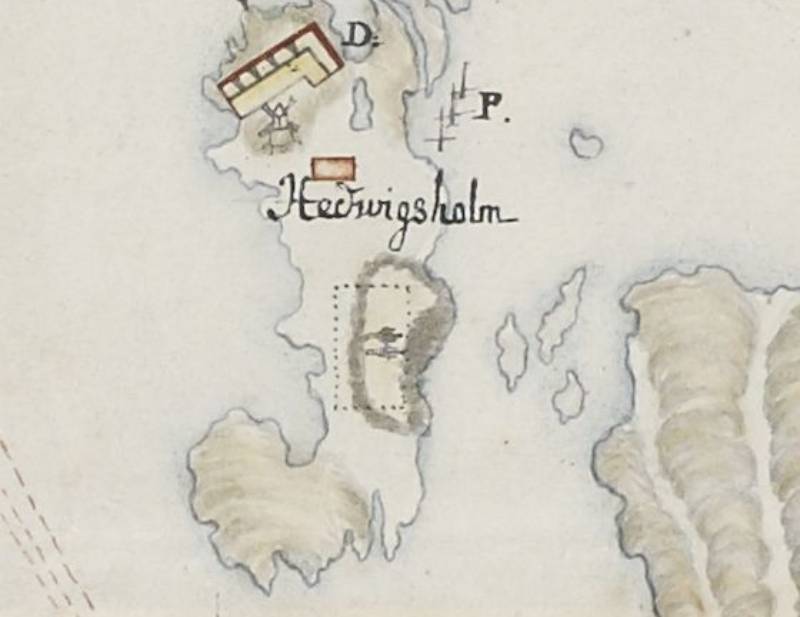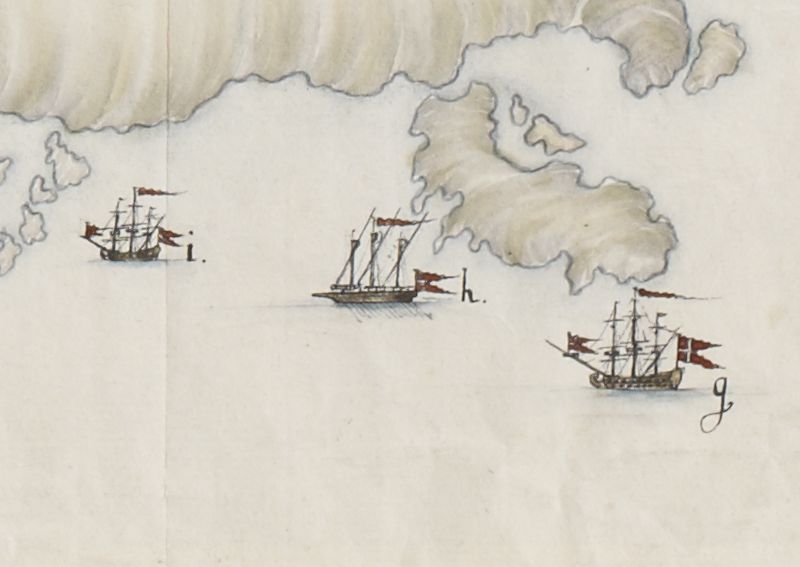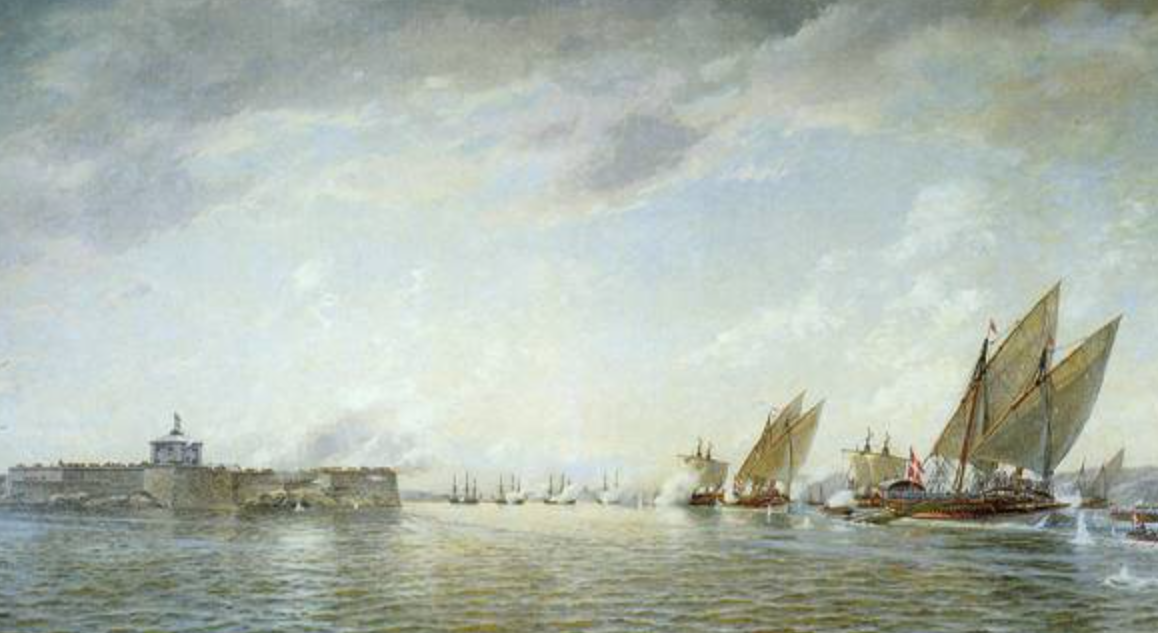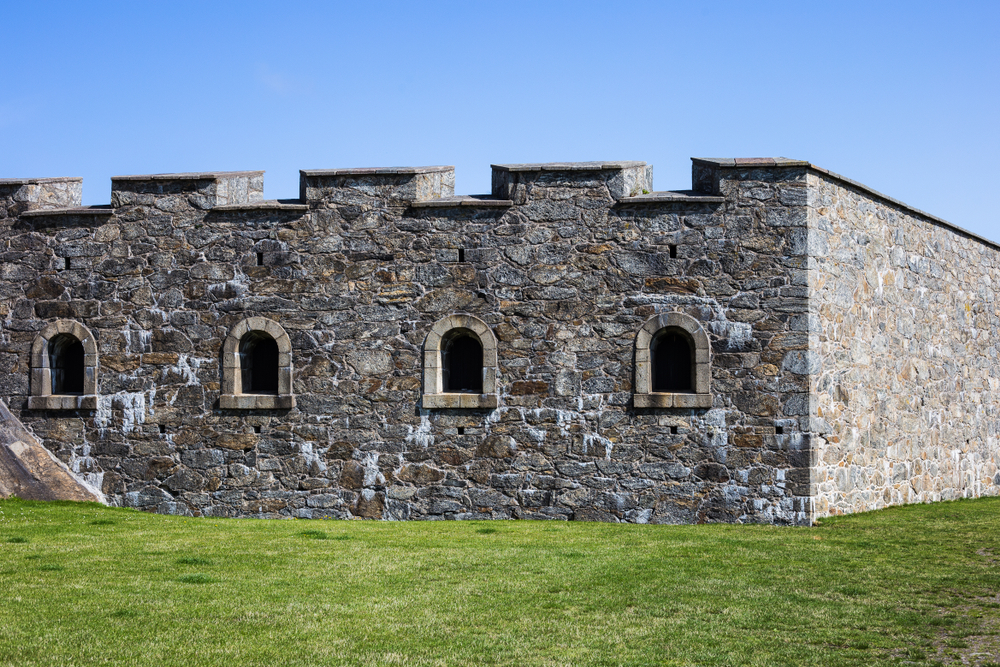A Pivotal Siege
The Attack on Marstrand, fought between July 10 and July 16, 1719, is remembered as perhaps the cleverest battle in history. This six-day siege showcased the brilliance of Dano-Norwegian naval strategy, marking a turning point in the waning days of the Great Northern combat—and more people need to know about it.

Strategic Location
Marstrand, a vital Swedish harbor town, was protected by the imposing Carlsten fortress. This stronghold guarded access to the Bohuslän coast and Gothenburg, Sweden's most important western port. Controlling Marstrand meant controlling a significant stretch of maritime trade and army logistics.
 Unknown Author, Wikimedia Commons
Unknown Author, Wikimedia Commons
Swedish Vulnerabilities
Years of battle had stretched Sweden’s army resources to their breaking point. Following the death of King Charles XII in 1718, Swedish defenses were left fragmented, and Marstrand was no exception. Supplies were scarce, morale was low, and the fortress was not prepared for a prolonged siege.
Their enemies could smell blood in the frigid water.
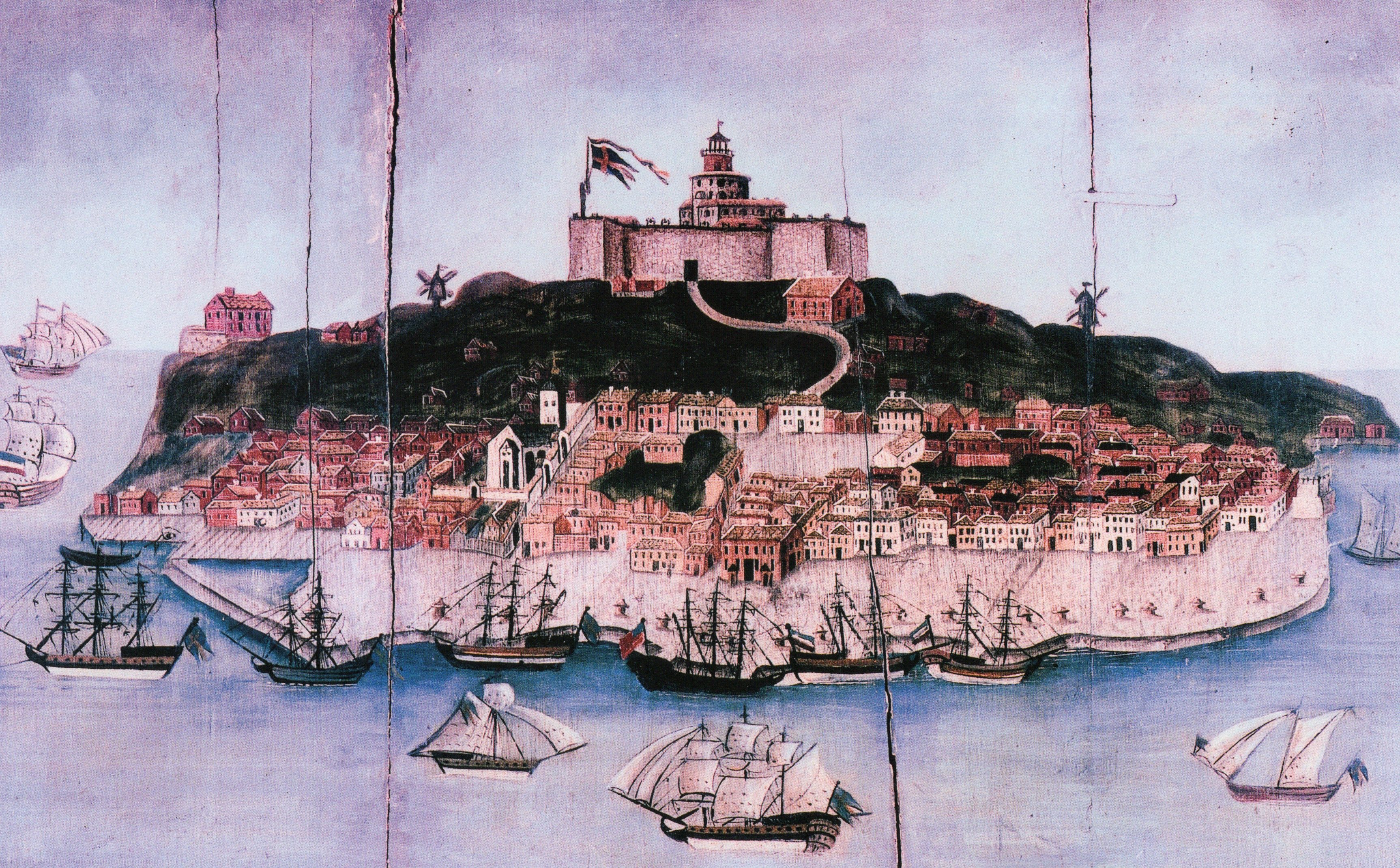 Unknown Author, Wikimedia Commons
Unknown Author, Wikimedia Commons
Tordenskjold’s Command
Peter Tordenskjold, the Danish-Norwegian admiral leading the battle, was renowned for his bold tactics and resourcefulness. His leadership turned a well-fortified Swedish stronghold into a prize.
 Balthasar Denner, CC BY 2.0, Wikimedia Commons
Balthasar Denner, CC BY 2.0, Wikimedia Commons
Gothenburg Blockade
Months before the siege, Tordenskjold orchestrated a naval blockade of Gothenburg, Sweden’s key west coast port. This disrupted trade routes and cut off reinforcements and supplies to Marstrand, weakening its defenses. But that was just the beginning.
 Christian Mølsted, Wikimedia Commons
Christian Mølsted, Wikimedia Commons
Danish Preparations
In early July, Tordenskjold gathered a fleet of galleys, barges, and heavily armed ships. His forces included troops, mortars, and supplies needed to sustain a lengthy operation.
By the time the attack began, the Danes were fully prepared—and they didn't hold back.
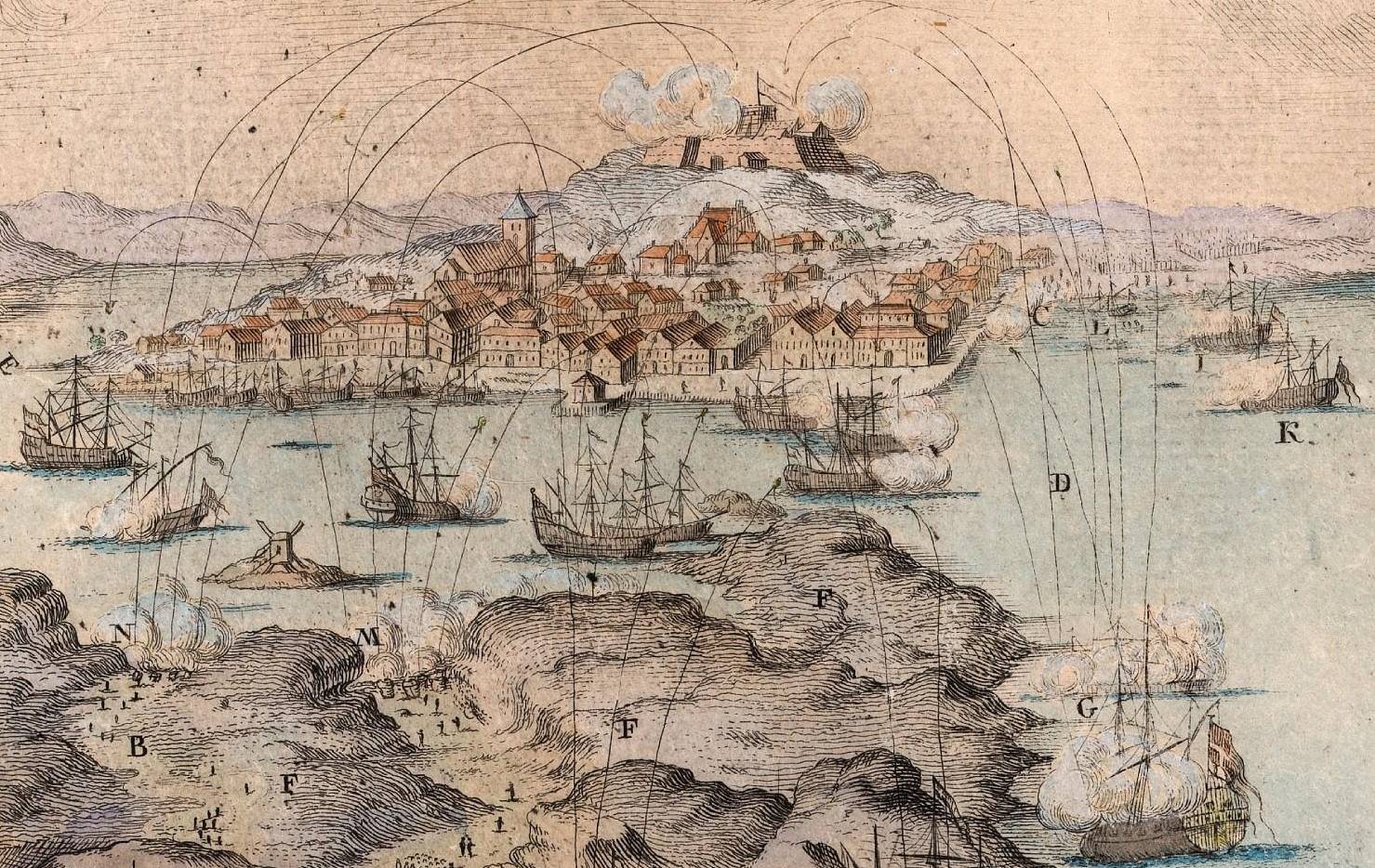 Jacob Fosie (1679-1763), Wikimedia Commons
Jacob Fosie (1679-1763), Wikimedia Commons
A Landing At Koön
The battle began on July 10, when Danish forces landed on Koön, an island near Marstrand. The Swedes had neglected to defend this area, giving the Danes a strategic foothold for their artillery and army. They'd make the Swedes pay for the mistake.
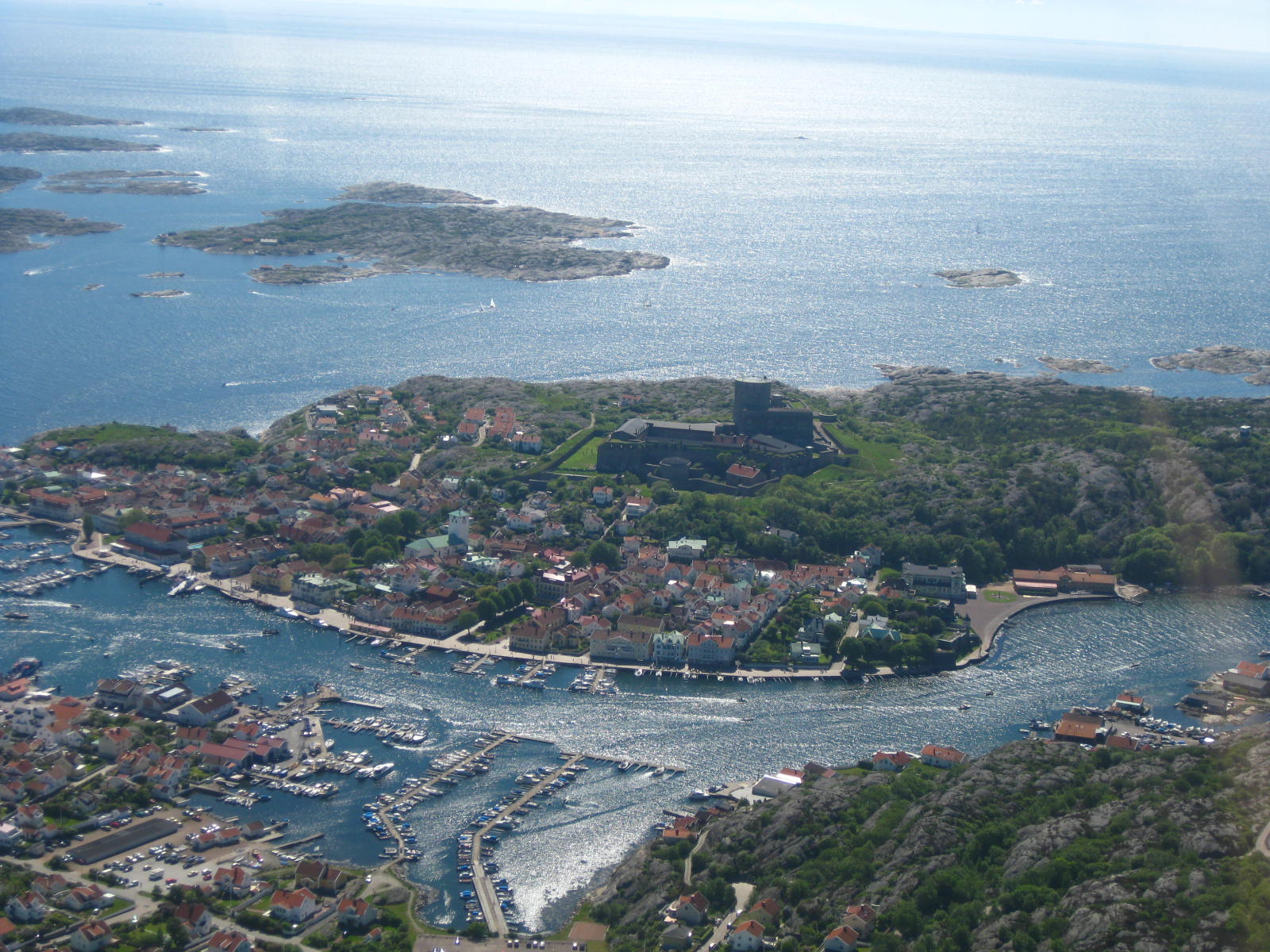 Adrian Pierre Pihl Spahiu, CC BY-SA 3.0, Wikimedia Commons
Adrian Pierre Pihl Spahiu, CC BY-SA 3.0, Wikimedia Commons
Carlsten Under Fire
From Koön, Danish artillery unleashed a relentless barrage on Carlsten's stone fortifications. The sustained fire wore down the Swedish defenders, who struggled to respond effectively from their fortified position.
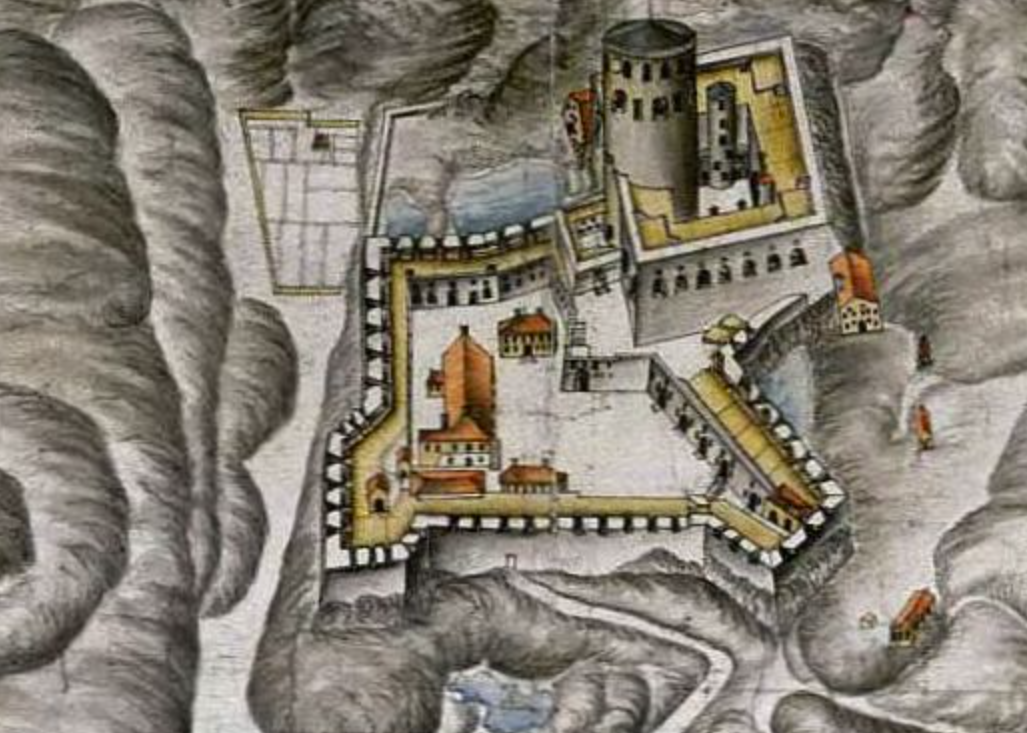 Unknown Author, Wikimedia Commons
Unknown Author, Wikimedia Commons
Psychological Battles
Tordenskjold employed devious psychological tactics to weaken the enemy. He spread rumors of overwhelming Danish forces, creating panic and breaking the morale of Carlsten’s already stretched garrison.
 Balthasar Denner, Wikimedia Commons
Balthasar Denner, Wikimedia Commons

History's most fascinating stories and darkest secrets, delivered to your inbox daily.
Lack Of Reinforcements
Colonel Henrich Danckwardt, Carlsten’s commander, had repeatedly begged for reinforcements to bolster his defenses. However, Sweden’s strained army resources meant no additional troops arrived, leaving the fortress critically undermanned.
 Sirena Film, Satisfaction 1720 (2016)
Sirena Film, Satisfaction 1720 (2016)
A History Of Neglect
Carlsten, once a symbol of Swedish strength, had been neglected and allowed to deteriorate. Shortages of rounds, provisions, and trained personnel plagued the fortress, making it vulnerable to the Danish.
 P. Leijonsparre, Wikimedia Commons
P. Leijonsparre, Wikimedia Commons
Weak Naval Presence
The Swedish Gothenburg Squadron, based in Marstrand, was in no condition to fight. Most ships were immobilized due to a lack of sailors and equipment, leaving the harbor wide open for the Danes to swoop in.
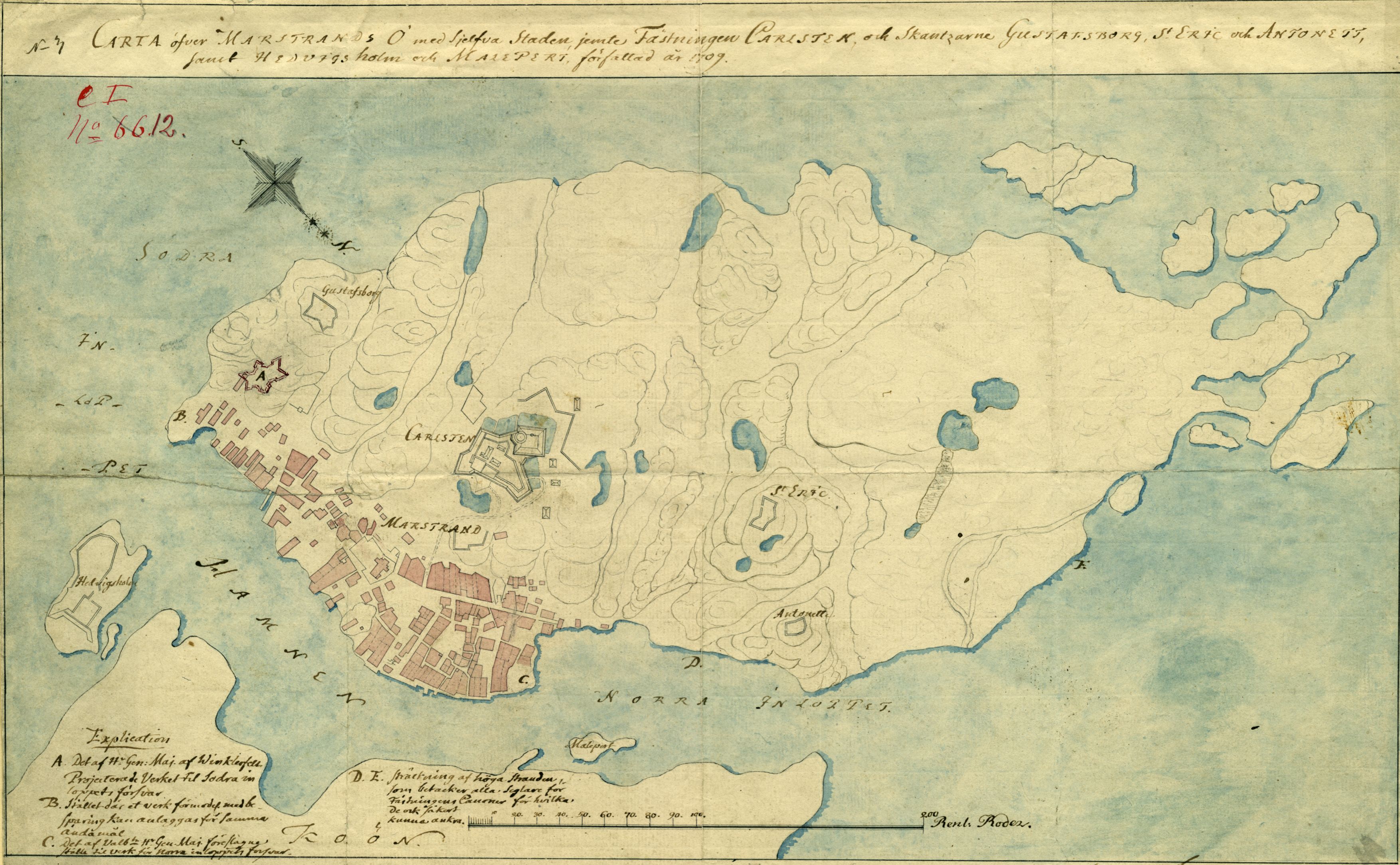 Fr J Nordencreutz, Wikimedia Commons
Fr J Nordencreutz, Wikimedia Commons
Hedvigsholm Outwork Falls
Hedvigsholm, a key defensive outwork near Carlsten, fell early in the siege. Danish artillery quickly overwhelmed the small Swedish garrison stationed there, leaving the fortress more exposed to battle.
Rapid Danish Advances
By July 12, Danish forces had captured the town of Marstrand. This gave them control of the harbor and surrounding areas, further isolating the Carlsten fortress and tightening the noose around the Swedish defenders. But they weren't done yet.
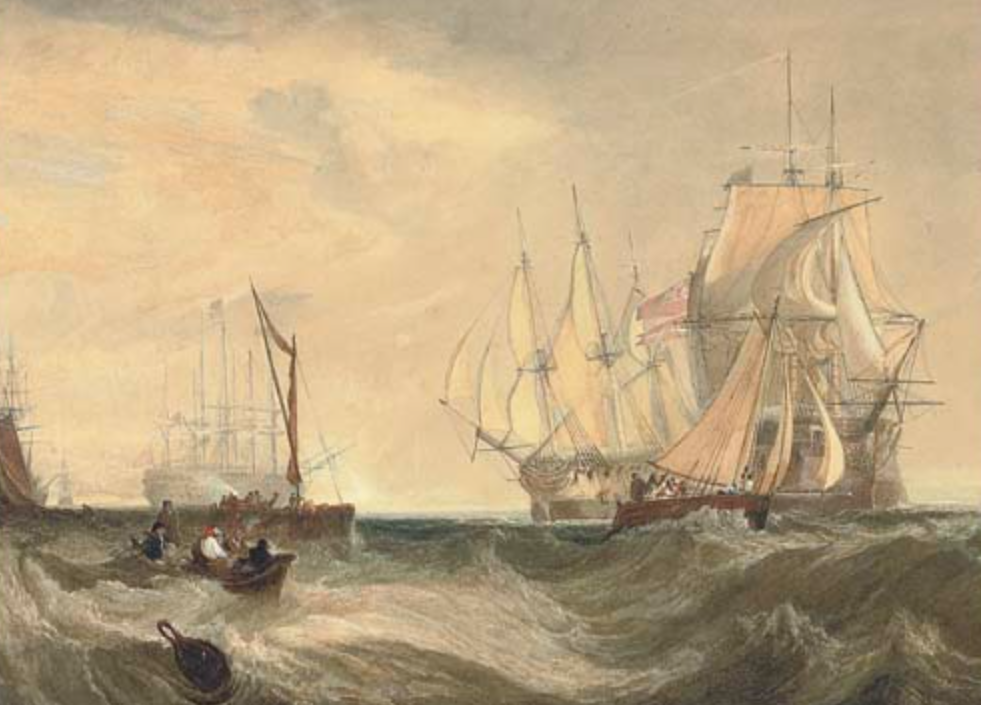 Clarkson Frederick Stanfield, Wikimedia Commons
Clarkson Frederick Stanfield, Wikimedia Commons
Scuttling The Fleet
Realizing their ships would soon fall into Danish hands, the Swedes made a terrible, but necessary decision. They scuttled their remaining vessels in Marstrand harbor.
This desperate act underscored their deteriorating situation and removed any hope of naval support.
Danckwardt’s Dilemma
Faced with diminishing supplies, a weakened garrison, and mounting pressure from the Danish onslaught, Danckwardt was left with an unenviable choice: continue a futile defense or surrender the fortress to save his men. And the psychological warfare didn't stop.
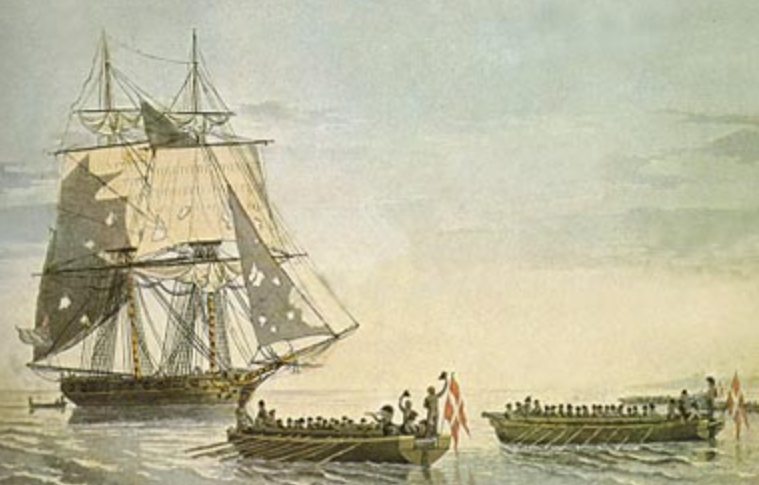 British School, Wikimedia Commons
British School, Wikimedia Commons
Letters Of Deception
Tordenskjold smuggled letters into Carlsten, offering bribes and urging the fortress’s Saxon mercenaries to surrender. These impactful letters, combined with constant bombardment, further eroded the garrison’s cohesion.
 Sirena Film, Satisfaction 1720 (2016)
Sirena Film, Satisfaction 1720 (2016)
Saxon Loyalty Questioned
The force that held the fortress was full of cracks that the Danes were ready to exploit. The presence of Saxon mercenaries and conscripted POWs created unease within Carlsten from the very beginning. Their loyalty was doubted, both by Swedish commanders and the Danish forces hoping to exploit potential divisions.
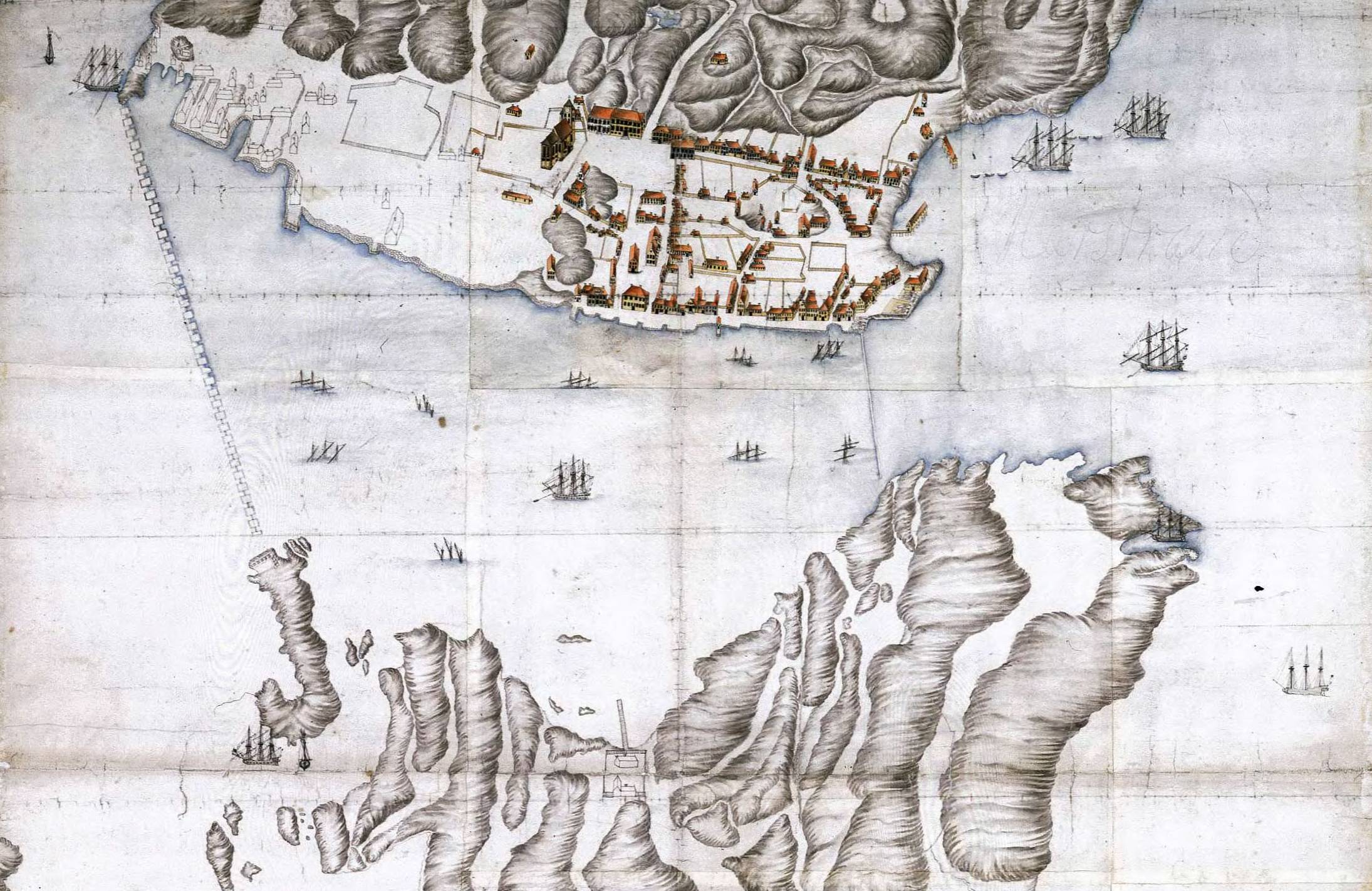 Unknown Author, Wikimedia Commons
Unknown Author, Wikimedia Commons
A Mythical Army
Tordenskjold orchestrated a clever ruse, staging his troops to appear far more numerous than they were. By marching the army in large, visible groups, he created the illusion of overwhelming strength, further demoralizing the Swedes.
 Jacob Coning, CC BY-SA 4.0, Wikimedia Commons
Jacob Coning, CC BY-SA 4.0, Wikimedia Commons
A Flattering Proposal
Tordenskjold’s letters to Danckwardt included flattery and offers of safe passage for his men. While Danckwardt rejected monetary bribes, the psychological weight of these proposals added to his mounting stress.
Exhausted Defenders
By July 14, Carlsten’s garrison was on the verge of collapse. Constant bombardment, dwindling water supplies, and low morale had left the defenders physically and mentally exhausted.
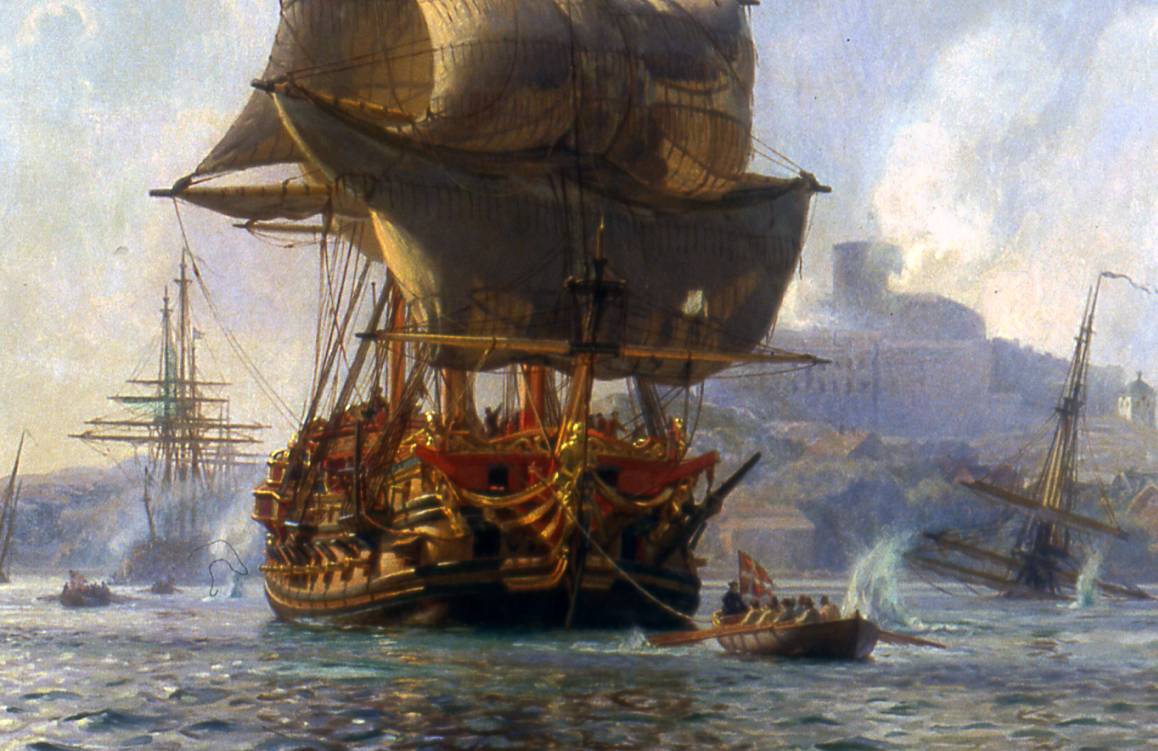 Christian Mølsted, Wikimedia Commons
Christian Mølsted, Wikimedia Commons
Officers Convene
Danckwardt convened his officers to discuss their dire situation. The consensus was grim: without reinforcements or adequate supplies, holding the fortress was basically impossible.
Armistice Negotiated
A temporary armistice was agreed upon on July 15, allowing the Swedish garrison to negotiate terms of surrender. This pause in hostilities also gave the Danes time to prepare for a smooth takeover.
 Anton Melbye, Wikimedia Commons
Anton Melbye, Wikimedia Commons
The Fortress Surrenders
On July 16, Carlsten’s gates were opened, and Danish forces entered without resistance. This marked the end of one of Sweden’s most strategically important strongholds.
 Jenbuc, CC BY 3.0, Wikimedia Commons
Jenbuc, CC BY 3.0, Wikimedia Commons
Tordenskjold Takes Command
Tordenskjold personally entered Carlsten to oversee the surrender. His victory, achieved with minimal bloodshed, was a testament to his skill as a commander.
 Sirena Film, Satisfaction 1720 (2016)
Sirena Film, Satisfaction 1720 (2016)
A Controversial Decision
Danckwardt’s decision to surrender to Carlsten was met with significant outrage in Sweden. Despite the desperate circumstances, many viewed his actions as a betrayal of national honor.
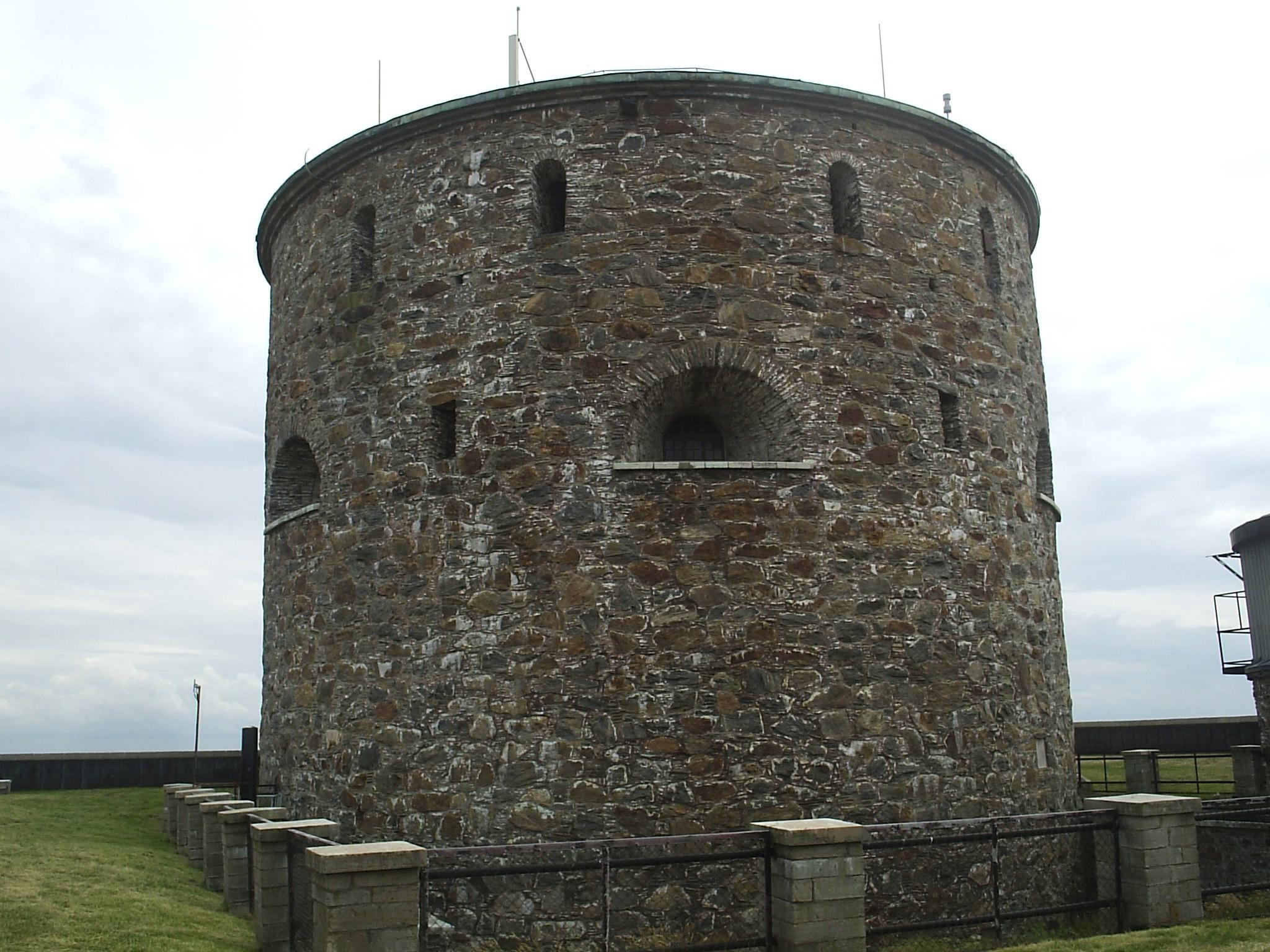 Harri Blomberg, CC BY-SA 3.0, Wikimedia Commons
Harri Blomberg, CC BY-SA 3.0, Wikimedia Commons
Harsh Sentencing
Danckwardt was court-martialed and sentenced to death for surrendering a defensible fortress. His execution in September 1719 became a grim and controversial conclusion to the siege.
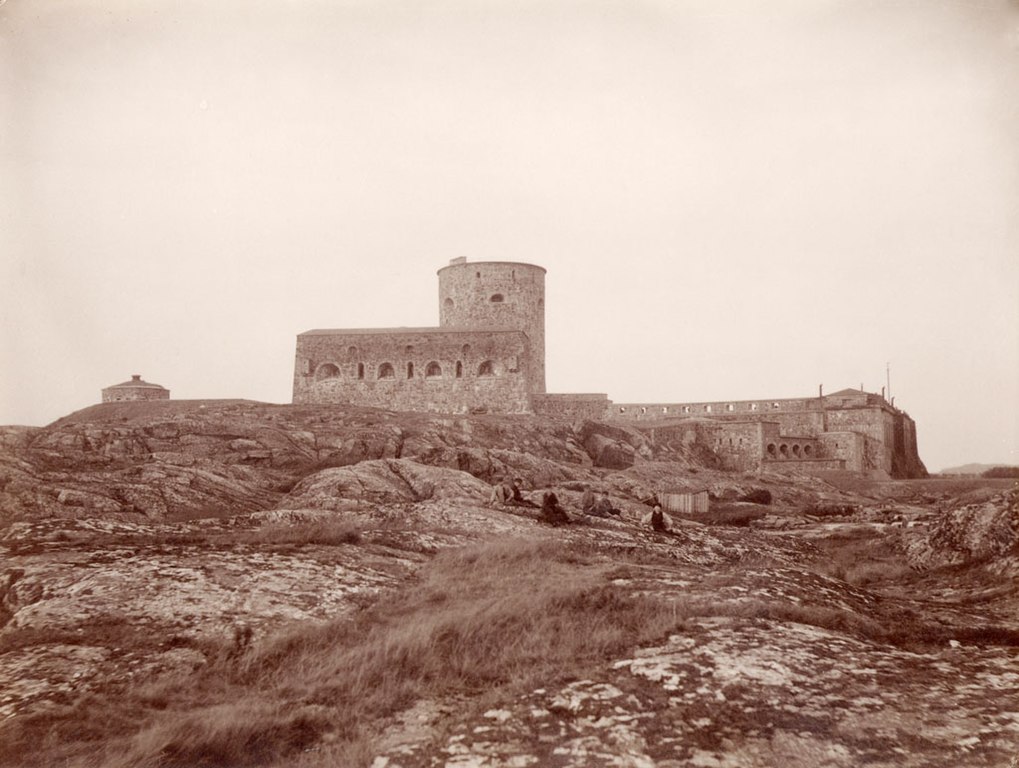 Swedish National Heritage Board, Wikimedia Commons
Swedish National Heritage Board, Wikimedia Commons
A Botched Execution
Danckwardt’s execution was infamously mishandled, requiring multiple strikes of the axe. This tragic end underscored the chaos and controversy surrounding his decisions during the siege.
 Johan Christian Berger (1803 - 1871), Wikimedia Commons
Johan Christian Berger (1803 - 1871), Wikimedia Commons
Danish Gains
The capture of Marstrand gave Denmark-Norway control of a key strategic point on Sweden’s west coast. The victory allowed them to launch further operations against Swedish defenses.
 Johan Christian Dahl, Wikimedia Commons
Johan Christian Dahl, Wikimedia Commons
Carlsten Renamed
Under Danish control, Carlsten was renamed Kristiansten and reinforced. The powerful fortress became a symbol of Danish dominance in the region.
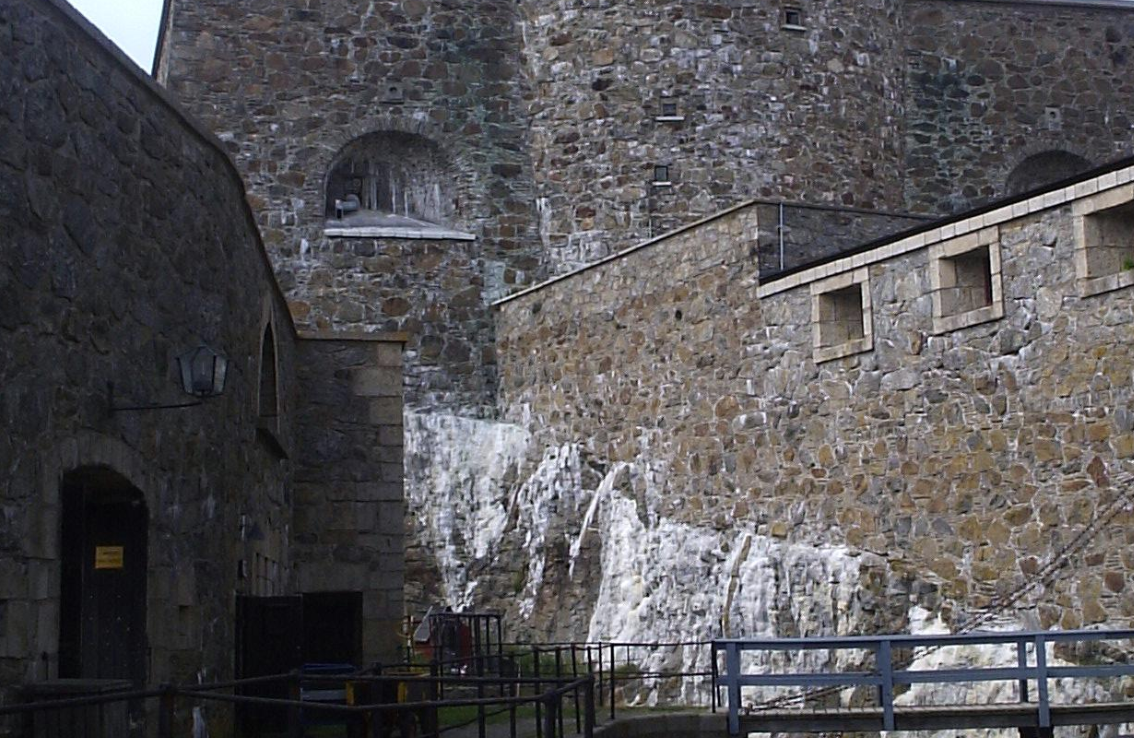 Harri Blomberg, CC BY-SA 3.0, Wikimedia Commons
Harri Blomberg, CC BY-SA 3.0, Wikimedia Commons
Treaty Restores Fortress
Just a year later, the Treaty of Frederiksborg in 1720 returned Carlsten to Swedish control. This marked the end of Danish occupation and restored Swedish sovereignty over the fortress.
 Nationalmuseet, CC BY-SA 4.0, Wikimedia Commons
Nationalmuseet, CC BY-SA 4.0, Wikimedia Commons
Legends of Espionage
Some myths claim that Tordenskjold had spied on Marstrand for years leading up to the siege, gathering intelligence that proved invaluable to his victory. While unproven, the story adds to his legend.
 Sirena Film, Satisfaction 1720 (2016)
Sirena Film, Satisfaction 1720 (2016)
Questionable Allegiances
Rumors of a Saxon mutiny within Carlsten continue to circulate, though various historical records suggest these claims were likely exaggerated or unfounded.
A Strategic Masterpiece
The siege of Marstrand demonstrated Tordenskjold’s brilliance in psychological warfare, deception, and naval strategy. His actions secured a swift and decisive victory against a well-fortified opponent.
 Sirena Film, Satisfaction 1720 (2016)
Sirena Film, Satisfaction 1720 (2016)
Comparisons To Sveaborg
Carlsten’s surrender has often been compared to the Siege of Sveaborg in 1808, where similar tactics of deception and psychological pressure were employed to achieve victory.
 Erik Dahlberg, Wikimedia Commons
Erik Dahlberg, Wikimedia Commons
Swedish Naval Losses
The sinking of the Gothenburg Squadron was a significant blow to Sweden’s naval power in the region, compounding the impact of Carlsten’s loss.
A Lasting Legacy
The Attack on Marstrand remains one of the most strategically impressive battles of the Great Northern conflict. Its lessons in strategy and psychological tactics continue to be studied by army historians.
History Remembered
The myths, legends, and truths surrounding the siege of Marstrand ensure that this remarkable chapter in military history will never be forgotten. It stands as a testament to the power of strategy, ingenuity, and bold leadership, reminding us that even the most fortified positions can fall to clever tactics and the unrelenting determination of a brilliant commander.
 Sirena Film, Satisfaction 1720 (2016)
Sirena Film, Satisfaction 1720 (2016)


